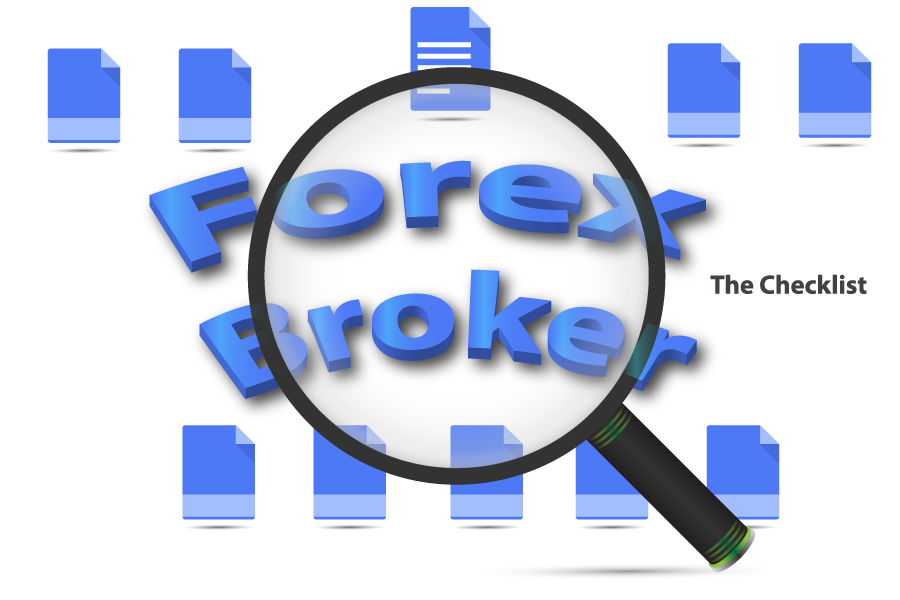Selecting the right FOREX broker is a critical step in your trading journey. A reliable broker not only provides you with the tools and resources needed for successful trading but also ensures the security and fairness of your trading environment. Here’s a comprehensive checklist to help you choose the best FOREX broker.
1. Regulation and Licensing
Check the Broker’s Regulation: Ensure that the broker is regulated by a reputable financial authority. In Australia, for example, look for brokers regulated by the Australian Securities and Investments Commission (ASIC). Other well-known regulatory bodies include the Financial Conduct Authority (FCA) in the UK, the Commodity Futures Trading Commission (CFTC) in the US, and the Cyprus Securities and Exchange Commission (CySEC).
Verify the License: Visit the regulator’s website to confirm the broker’s license. This step ensures that the broker adheres to industry standards and provides protection for your funds.
2. Trading Platforms and Tools
Platform Availability: Ensure the broker offers popular and reliable trading platforms like MetaTrader 4 or MetaTrader 5. These platforms are widely recognized for their user-friendly interfaces and powerful analytical tools.
Mobile Trading: Check if the broker provides mobile trading options. A robust mobile trading platform allows you to manage your trades on the go, which is crucial in the fast-paced world of forex trading.
Additional Tools: Look for additional tools and resources, such as trading signals, market analysis, and educational materials that can help enhance your trading skills.
3. Trading Costs
Spreads and Commissions: Evaluate the broker’s spreads and commissions. Lower costs can make a significant difference in your profitability, especially if you are a high-frequency trader. Compare the spreads and commission structures across multiple brokers to ensure you get the best deal.
Overnight Fees: Check the broker’s overnight financing fees (also known as swap rates). These fees can add up over time, particularly if you hold positions overnight or for an extended period.
4. Account Types and Minimum Deposits
Variety of Account Types: A good broker should offer a variety of account types to cater to different trading styles and experience levels, from micro accounts for beginners to VIP accounts for advanced traders.
Minimum Deposit Requirements: Ensure the minimum deposit requirement aligns with your budget and trading goals. Some brokers offer low minimum deposits, which can be ideal for new traders who want to start small.
5. Leverage Options
Leverage Flexibility: Understand the leverage options offered by the broker. While high leverage can amplify your profits, it also increases your risk. Make sure the broker provides flexible leverage options and that you fully understand how leverage affects your trading.
6. Customer Service and Support
Availability: Test the broker’s customer service. A reliable broker should offer multiple contact methods, including live chat, phone, and email, and should be available during trading hours.
Language Support: If English is not your first language, check if the broker offers support in your preferred language. This can make communication easier and more effective.
7. Deposit and Withdrawal Methods
Variety of Options: Ensure the broker offers a variety of deposit and withdrawal methods that are convenient and secure. Common methods include bank transfers, credit/debit cards, and e-wallets like PayPal or Skrill.
Processing Times: Check the processing times for deposits and withdrawals. Ideally, a broker should provide quick and hassle-free transactions to ensure your funds are always accessible when you need them.
8. Reputation and Reviews
Read Broker Reviews: Research online reviews and forums to gauge other traders’ experiences with the broker. While a few negative reviews are common, consistent complaints about issues like withdrawal problems or poor customer service are red flags.
Industry Awards: Check if the broker has received any industry awards or recognitions. Awards can be a good indicator of the broker’s reputation and commitment to quality service.
9. Security of Funds
Segregated Accounts: Ensure the broker keeps client funds in segregated accounts. This practice protects your money in the event of the broker’s insolvency.
Encryption and Security Measures: Check if the broker uses advanced encryption and security protocols to protect your personal and financial information.
10. Demo Account
Availability: A demo account allows you to practice trading without risking real money. It’s an invaluable tool for beginners to learn the ropes and for experienced traders to test new strategies. Make sure the broker offers a free demo account that mimics live trading conditions.
Before You Trade
Choosing the right FOREX broker is a crucial decision that can significantly impact your trading success. By following this checklist, you can ensure that your FX broker meets your needs and provides a secure and reliable trading environment. Remember, thorough research and due diligence are essential steps in your trading journey. Take your time to evaluate your options and choose wisely.
When unsure, it is wise to seek professional expert advice, you can simply get in touch with us, or learn more about Forex Experts at Finansified, also check out their list for top FX Broker list as they detail how to select the best forex broker for 2025. Happy Trading little joeys.



